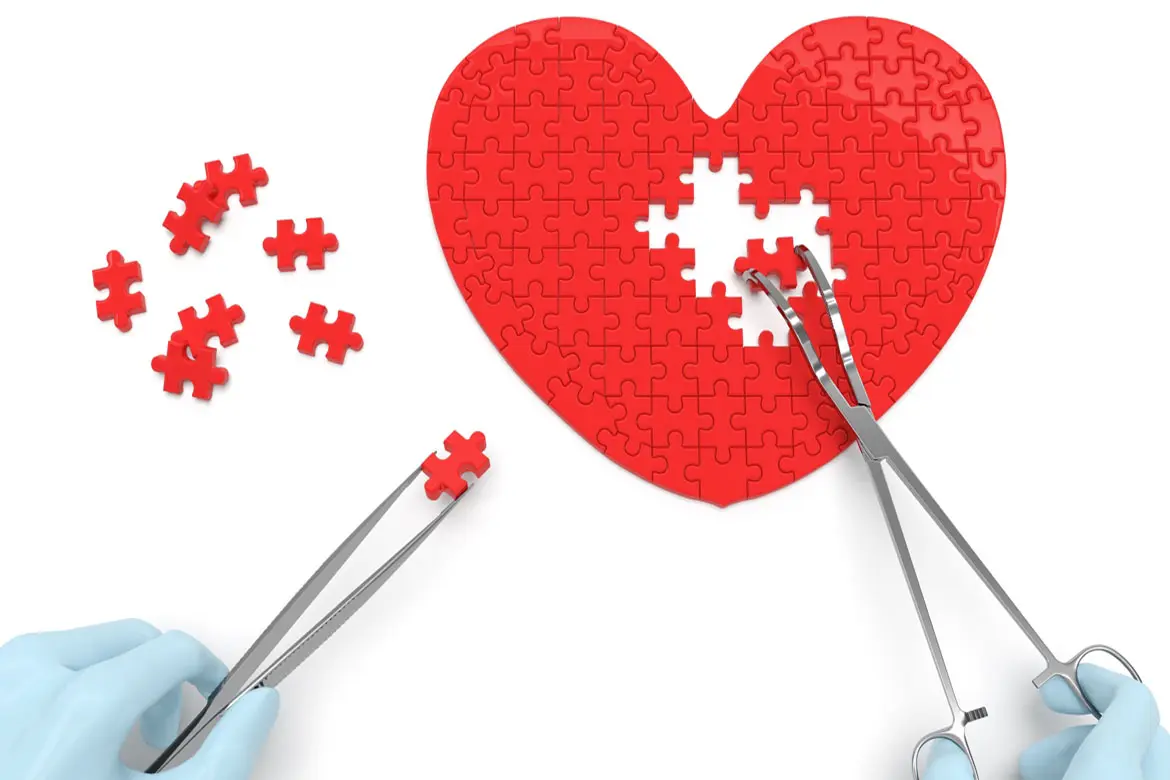Congestive heart failure is a condition in which the heart loses its ability to pump sufficient quantities of blood for the body. As a result of the heart's inadequacy, people with heart failure often feel weak, tired or short of breath. The causes of heart failure include coronary artery disease, heart attacks, high blood pressure and obesity.
It is a progressive disease, meaning that it will worsen as time passes. In its advanced stages it can be fatal and will require major surgery, such as a heart transplant or the surgical implantation of a pacemaker or mechanical pump (known as a ventricular assist device or VAD).
Among the options available, heart transplantation is regarded as unequivocally the most effective treatment. However, a heart is not the easiest type of organ to acquire. Donor hearts are few and far between, the eligibility criteria for the procedure are very strict, and the procedure is not available in many countries in Asia. Fortunately, mechanical heart assist devices are becoming increasingly sophisticated, and they are now seen as a viable option for patients suffering from end-stage heart failure. In Asia, Singapore has established itself as the leader in major surgery, including the implantation of the left ventricular assist device (LVAD), the most commonly used mechanical heart assist device.
How does an LVAD work?
Dr Kenneth Ng, a cardiologist at Mount Elizabeth Novena Hospital, explains the mechanism of the HeartMate II, the latest and most sophisticated LVAD model. "It works on the principle of a jet engine turbine. It sucks in blood at one end of the pump, which is attached to the left lower heart cavity, and it pushes the blood out at to the other end, which is attached to the aorta, where it will circulate to the rest of the body. It is a relatively simple device with one moving part, the impeller or turbine blade. This blade turns at between 8,000 and 9,800rpm to generate the suction force".
It is important to note that the LVAD is not an artificial heart. Whereas an artificial heart replaces a failing one completely, physically and functionally, an LVAD works cooperatively with the heart to help it pump more blood with less effort. The device has both internal and external components. The pump itself is surgically implanted onto or next to the left ventricle, while a cable extends from the pump out through the skin and connects to a controller and battery power source that must remain connected at all times. The batteries can be recharged at night while it continues to function.
What is an LVAD used for?
The LVAD can be used for several purposes. The first and most common one is to serve as a bridge to a transplant. In this case, the patient's LVAD may remain in place for several years, until a heart donor becomes available for a transplant. It can be similarly used as a temporary help while the heart "rests" and recovers its full functionality. This second way of employing the LVAD is called a bridge to recovery.
"The heart can become very enlarged and weakened by stretching beyond its mechanical limits. Once the LVAD decompresses it, the heart is in a better position to function. Also, the heart sometimes becomes weak because of inflammation, for example due to myocarditis, and the LVAD will allow it time to slowly recover whilst keeping the patient stable," says Dr Ng.
Lastly, the LVAD can be used as destination therapy, meaning that it may be implanted as a permanent solution to heart failure. Because the LVAD, like any other mechanical device, is susceptible to wear and tear, destination therapy is only done when there are no other options, such as when a patient is ineligible for a heart transplant. The hope for the future is that, as technology improves, the LVAD might become a more reliable procedure for destination therapy, and not just a last option.
This article was first published by Global Health and Travel.












